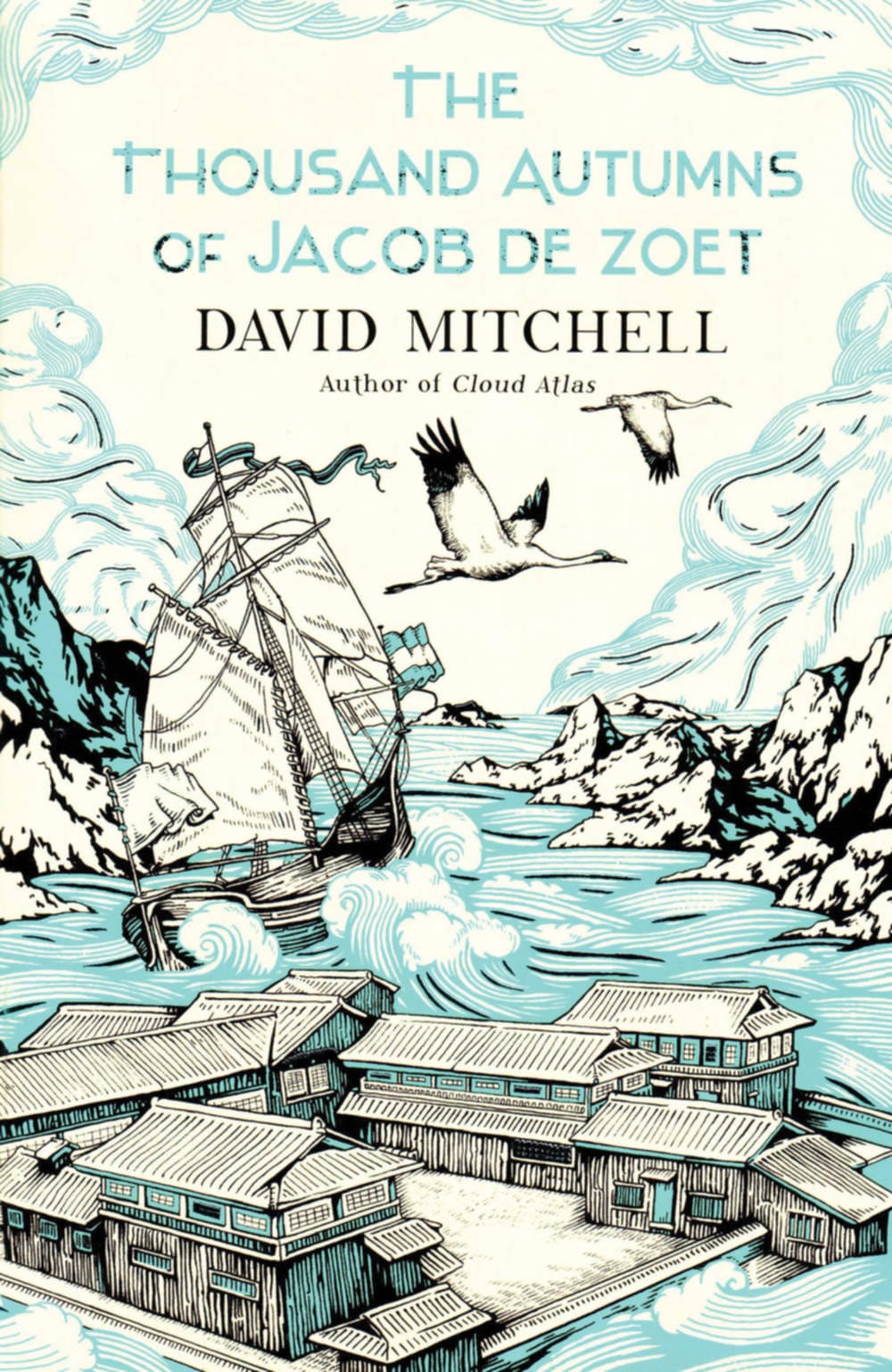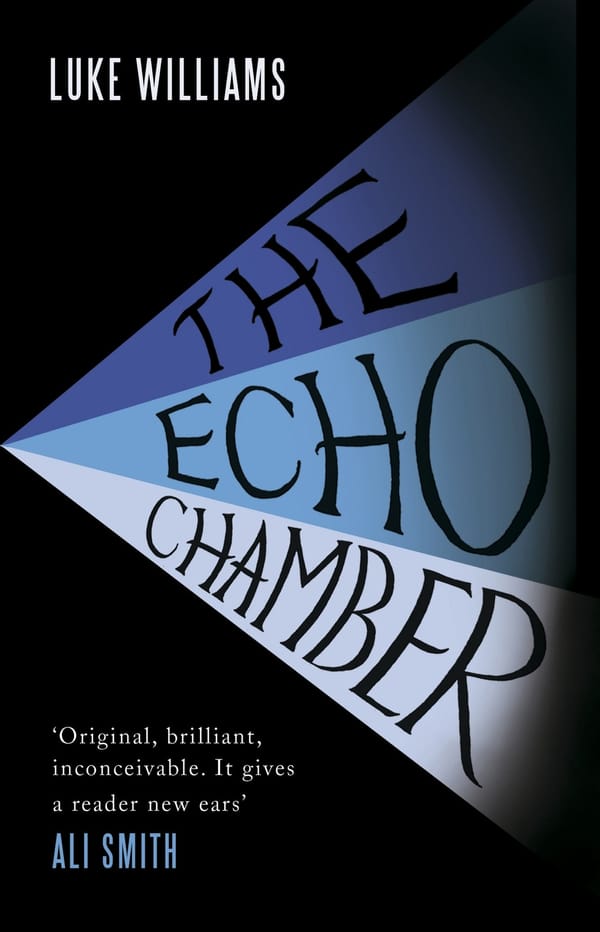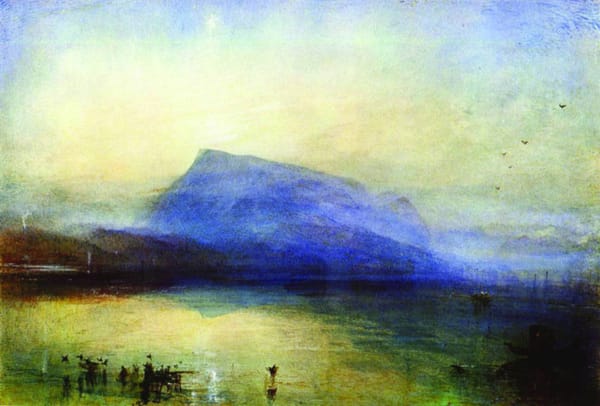The Thousand Autumns of Jacob De Zoet
A beautifully realised piece of historical fiction from David Mitchell

One of the joys of reading David Mitchell is the way his intricate prose immerses you into the rich, luxuriant and complex worlds he crafted; his intriguing plots and and ability to get beneath the skin of a diverse cast of characters combinres to create some of the most engrossing read in modern literature. His latest book, The Thousand Autumns of Jacob de Zoet brings us back to Japan during the turn of the 19th century, where a isolationist Shogun decree kept it as one of the last bastions of the Orient untouched by expansionist western powers of that time. The forbidding policy, in which even the act of teaching the Japanese language to foreigners is punishable by death, preserves the unique cultural heritage and independence of Japan, but at the same time pickles the island nation and dooms it to a gradual decline as it remains stagnant while the world beyond its seas progresses.
On the bay of Nagasaki, lies Dejima, the sole trading outpost of the powerful Dutch East India Company and Japan’s only window to the outside world. Jacob de Zoet is a young twenty-something clerk attached to the Company under a five-year contract at the end of which he hopes to return to Holland wealthy enough to take the hands of his sweetheart in marriage.
However, de Zoet’s time in the Land of a Thousand Autumns would prove to be more than what he expected as he begins to unravel corruption rife through the Dutch East India Company ranks in Dejima. A chance encounter with the mysterious Orito Aibigawa sets Jacob on a besotted pursuit for her love and draws him into an adventure which would embroil him with sinister forces in the Japanese ruling elite and an adventure of murder and deceit.
In The Thousand Autumns David Mitchell conjures an exquisite stage of Edo Japan, and fills it with a colourful cast of characters who leap out of the page with the energy and grace of a nimble ballerina. It is also the work of a master prose stylist at his finest, for no less skilled hands could bring to life the story with such poetic grace.
Setting a story in which the characters are divided by a mutual language barrier may be an obstacle to effective interaction between the characters, but Mitchell grabbed the bull by its horns and turned the lack of a common language into plenty of humourous wordplays and puns with meanings lost (or muddled up) in translation, the gems that contribute to the novel’s ingenuity.
The many years David spent in Japan as an English teacher and the meticulous research (he once spent hours researching whether men of that time used shaving cream just to complete a sentence about shaving) during the four years spent writing the novel shows in the depth of portrayal of the Edo Japanese culture, down to the quintessential qualities of the Japanese language.
All in all, The Thousand Autumns is a satisfying, immersive read which transports the reader to an almost fantasy-like world.
The book is now out in paperback.









